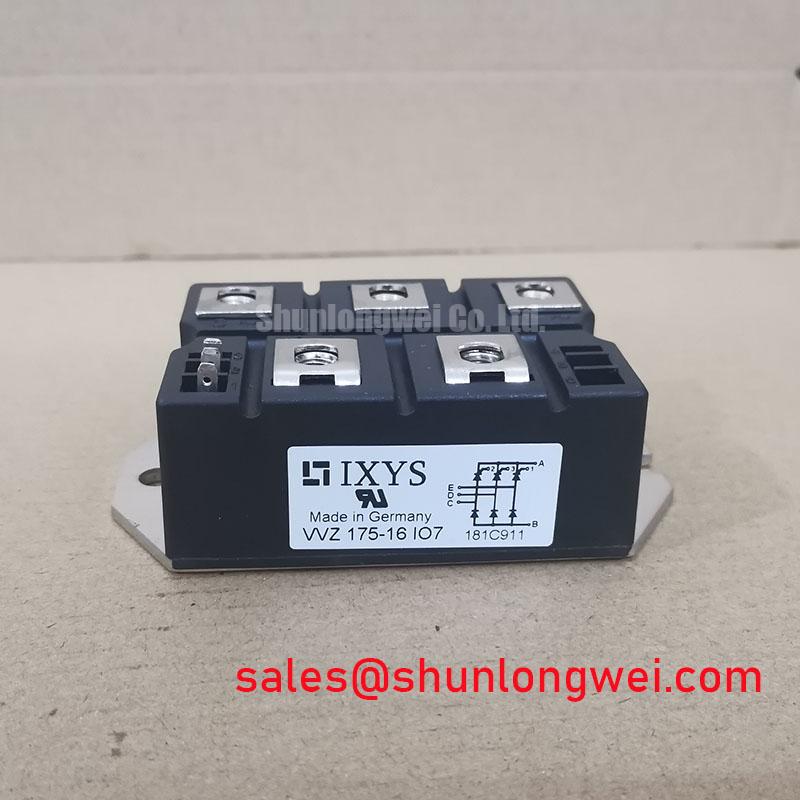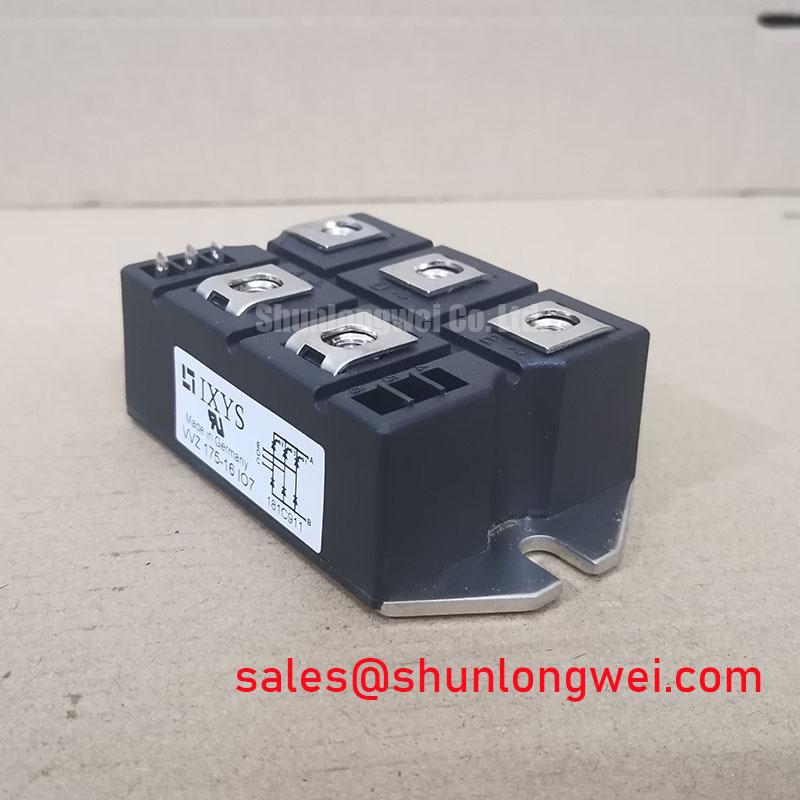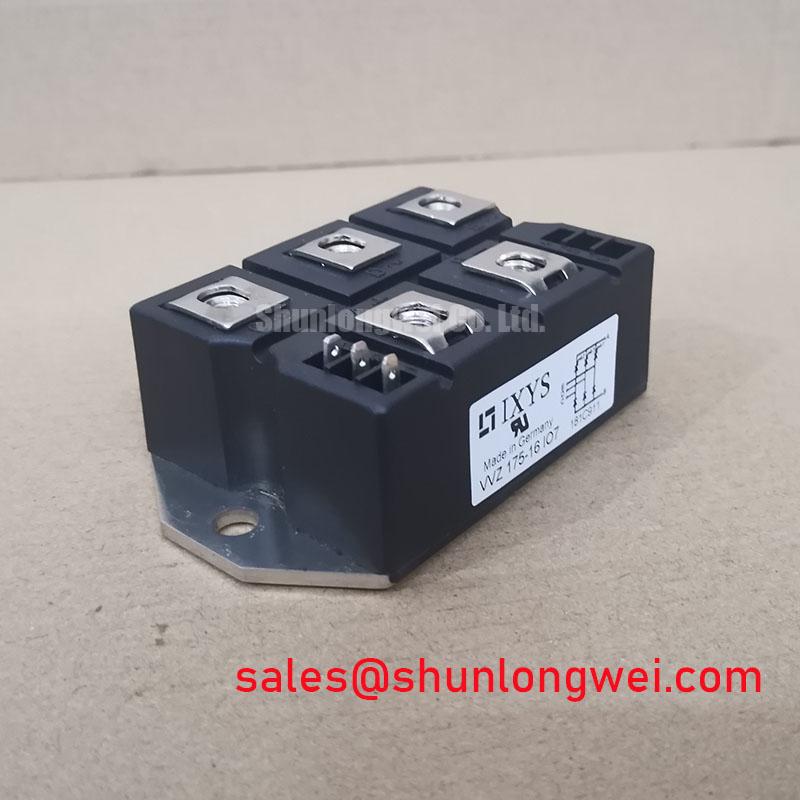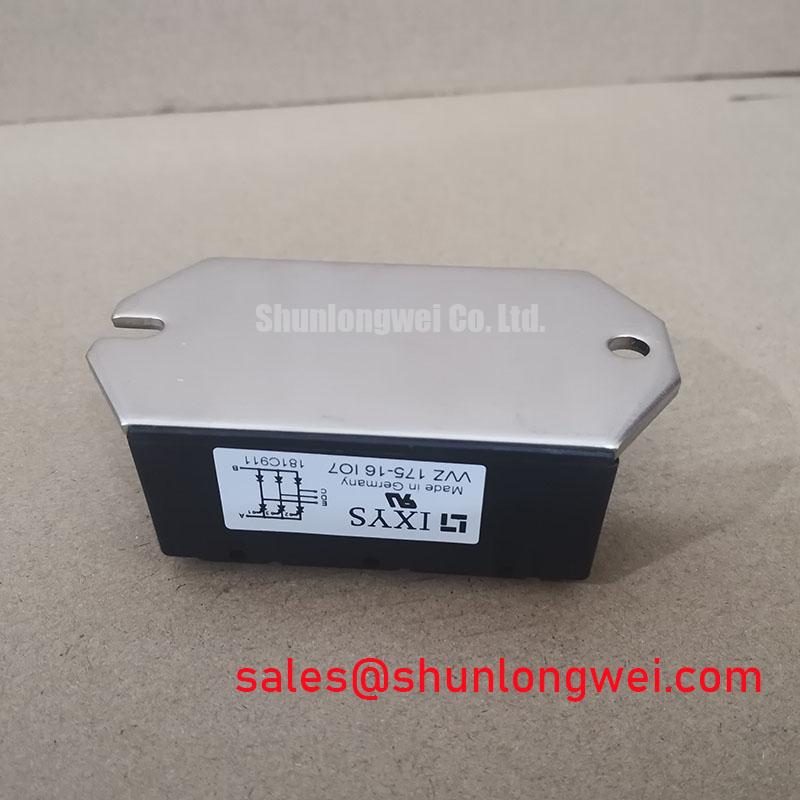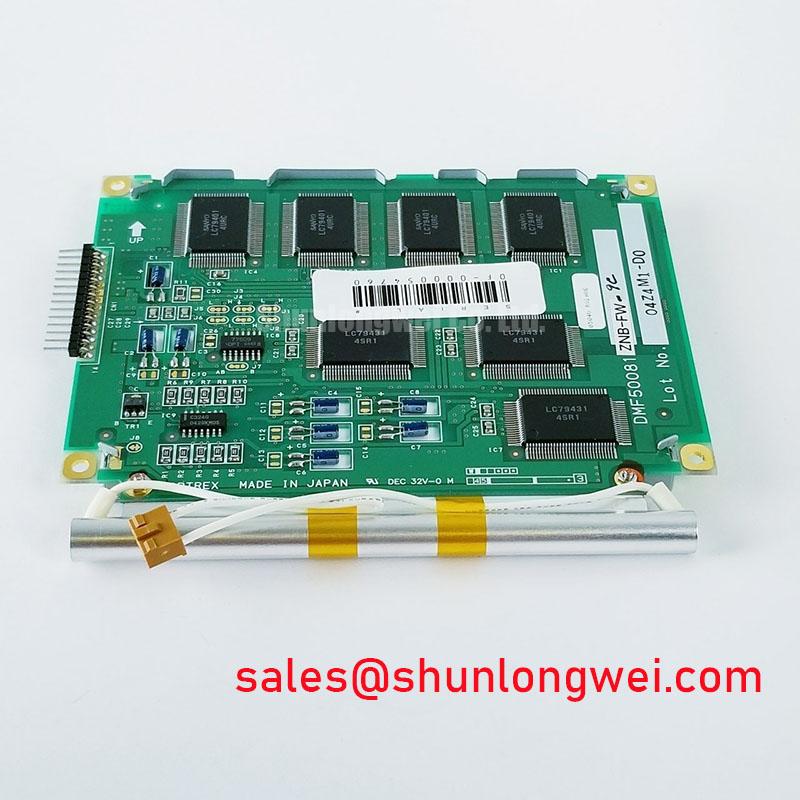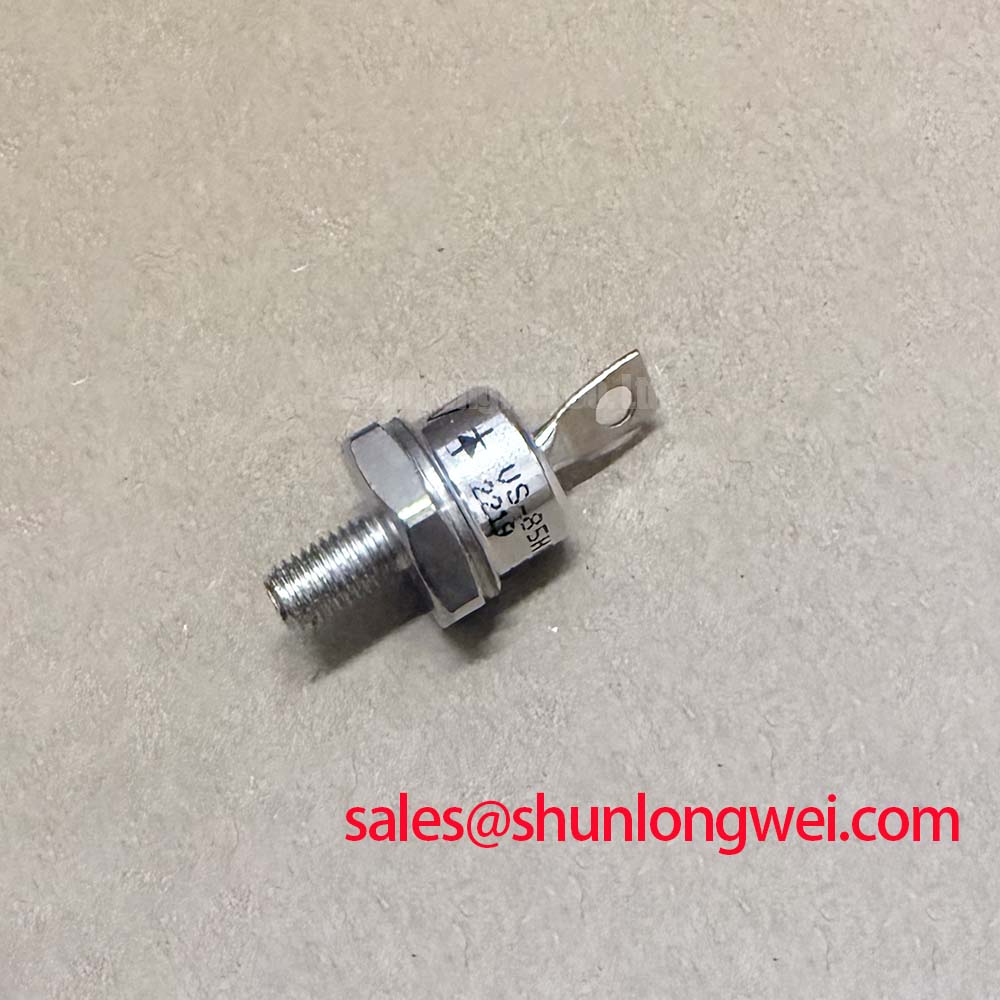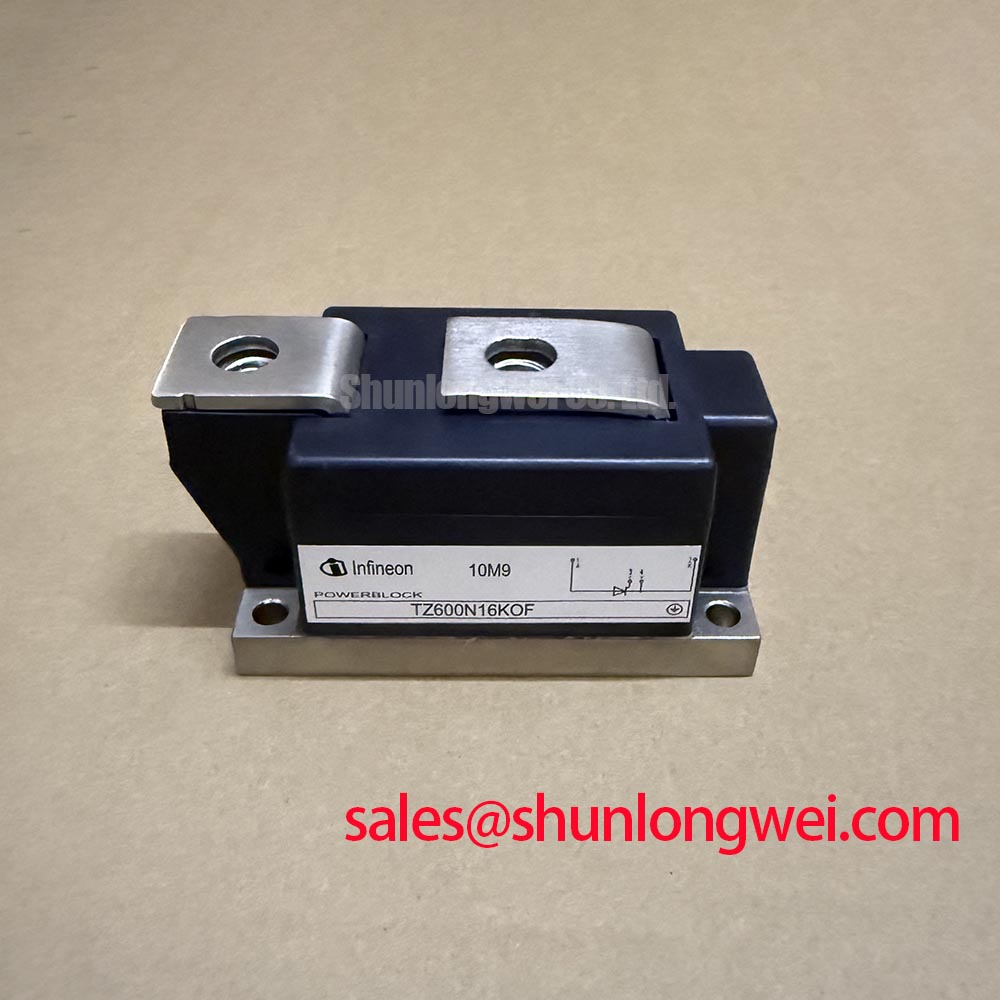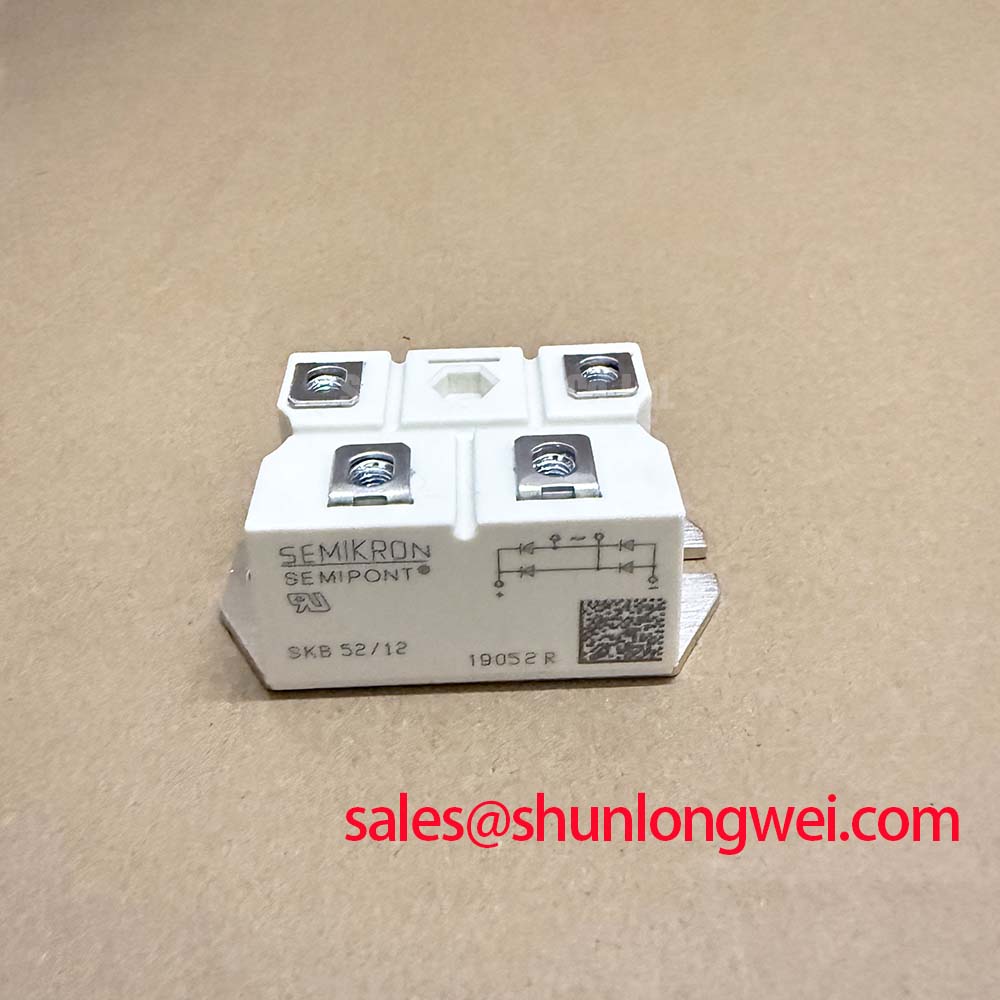Littelfuse VVZ175-16IO7 | Integrated Power Module for AC Motor Drive Front-Ends
The Littelfuse VVZ175-16IO7 is an advanced Power Integrated Module (PIM) engineered to streamline the design of the front-end stage in three-phase power conversion systems. This module is not merely a component; it is a system-level solution that integrates a semi-controlled rectifier bridge, a freewheeling diode, and a brake chopper into a single, thermally efficient package. Designed for engineers developing Variable Frequency Drives (VFDs), servo drives, and industrial power supplies, the VVZ175-16IO7 significantly reduces component count, simplifies assembly, and enhances overall system reliability.
Optimized Performance in Demanding Applications
The true value of the Littelfuse VVZ175-16IO7 is realized in its ability to solve common engineering challenges across various high-power applications. Its integrated design delivers tangible benefits in performance, space, and cost.
- AC Motor Drives: In VFDs, the module provides a complete AC-to-DC conversion and regenerative braking solution. The semi-controlled bridge allows for cost-effective voltage regulation, while the integrated brake chopper efficiently dissipates excess energy during motor deceleration, preventing DC bus overvoltage faults. This integration is critical for improving the drive's dynamic response and safety.
- Industrial Power Supplies & DC Bus Supplies: For systems requiring a robust, controlled DC voltage source from a three-phase AC input, the VVZ175-16IO7 offers a compact and reliable front-end. Its 1600V blocking voltage provides a high safety margin for mains-connected applications worldwide.
- Soft Starters: The thyristor-based control in the rectifier stage enables effective soft-start functionality for large AC motors. By precisely managing the firing angle of the SCRs, the module can limit inrush current, reducing mechanical stress on the motor and electrical stress on the grid during startup.
Technical Deep Dive: The Power of Integration
Two core design features set the VVZ175-16IO7 apart: its semi-controlled bridge topology and the on-board brake chopper. Understanding these is key to leveraging the module's full potential.
First, the semi-controlled rectifier combines three diodes with two thyristors (SCRs). This hybrid topology provides a significant advantage over a simple diode bridge. By controlling the gate signals to the thyristors, engineers can manage the DC bus voltage and implement a controlled ramp-up (soft-start), a feature that would otherwise require external components. This level of control is fundamental to building more sophisticated and robust IGBT modules based inverter systems.
Second, the integrated brake chopper, consisting of a robust IGBT and a fast freewheeling diode, is a critical element for applications with regenerative loads. When a motor acts as a generator, it pushes energy back into the DC link. The brake chopper provides a controlled path to divert this energy into an external braking resistor. Integrating this circuit directly into the module minimizes stray inductance, which in turn reduces voltage overshoot on the IGBT and improves reliability compared to a discrete component solution. This focus on internal layout is crucial for preventing common causes of IGBT failure.
Key Electrical and Thermal Parameters
The following table summarizes the critical performance specifications for the VVZ175-16IO7. For comprehensive data and application notes, it is highly recommended to consult the official datasheet.
| Parameter | Value |
|---|---|
| Repetitive Peak Reverse Voltage (V_RRM / V_DRM) | 1600 V |
| Average Output Current (I_dAVM) @ T_c=85°C | 175 A |
| RMS On-State Current (I_TRMS, I_DRMS) | 200 A |
| Brake Chopper Collector Current (I_C25) @ T_c=25°C | 100 A |
| Operating Junction Temperature (T_vj) | -40°C to 125°C |
| Isolation Voltage (V_ISOL) | 3600 V~ |
For a complete overview of the module's characteristics, you can Download the Datasheet.
Selection Guidance: VVZ175-16IO7 vs. Alternative Solutions
When selecting a power module, it's crucial to compare it not just to direct competitors but to different design philosophies. The primary alternative to an integrated module like the VVZ175-16IO7 is a discrete solution, for example, using a standalone rectifier like the SKKD162/16 combined with a separate brake chopper module.
The discrete approach offers flexibility but at the cost of increased design complexity, larger PCB footprint, higher assembly labor, and more complex thermal management. The VVZ175-16IO7's single-module approach guarantees optimized thermal and electrical paths between the internal components, reducing stray inductances and simplifying the overall design of a Variable Frequency Drive (VFD).
Compared to a similar PIM such as the VUB72-16NO1, the VVZ175-16IO7 offers a significantly higher output current capability (175A vs. approx. 72A for the VUB72). This makes the VVZ175-16IO7 the clear choice for higher-power motor drives, typically in the 45kW to 90kW range, whereas the VUB72 is better suited for lower-power applications.
Frequently Asked Questions
1. What type of gate drive circuit is required for the SCRs in the VVZ175-16IO7?
The two SCRs require a standard gate drive signal for phase-angle control. The drive circuit should be able to provide sufficient gate current and voltage as specified in the datasheet to ensure reliable turn-on. Isolation between the control logic and the high-voltage module is mandatory. Opto-coupler-based drivers or pulse transformers are common solutions.
2. How does the integrated brake chopper simplify thermal design?
By co-locating all major heat-generating components (rectifier diodes, SCRs, brake chopper IGBT and diode) on a single, electrically isolated baseplate, the module simplifies thermal management. Instead of mounting and managing multiple heatsinks for discrete parts, a single, larger heatsink can be used. This creates a more predictable and uniform thermal system, which is easier to model and cool effectively.
3. Can this module be used for single-phase applications?
While it is designed for three-phase systems, it can be adapted for single-phase use by utilizing two of the three input terminals. However, this would not leverage the full capacity of the device, and a dedicated single-phase module might be more cost-effective. For assistance with your specific application, please contact our technical team.

